Eight auspicious symbols
The eight auspicious symbols (Skt. aṣṭamaṅgala; Wyl. bkra shis rtags bryad) are:
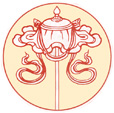
|
The Most Precious Parasol
Protects from suffering, destructive emotions, illness, harm and obstacles. |
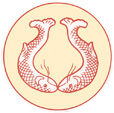
|
The Auspicious Golden Fishes
They stand for fearlessness, freedom and liberation, as well as happiness, fertility and abundance. |
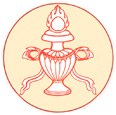
|
The Wish-fulfilling Vase of Treasure
An inexhaustible source of long life, wealth, and prosperity, which fulfils all one’s spiritual and material wishes. |
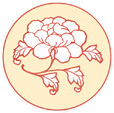
|
The Exquisite Lotus Blossom
Stands for purity of mind and heart, and transformation, as well as compassion, and all perfect qualities. |
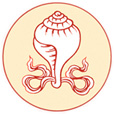
|
The Conch Shell of Far Renown
Symbolizes the far-reaching melodious sound of the spiritual teachings. |
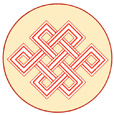
|
The Glorious Endless Knot
The sign of interdependence, of how everything in the universe is interconnected. |
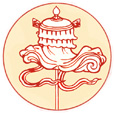
|
The Ever-Flying Banner of Victory
Means victory over all disagreement, disharmony or obstacles, and the attainment of happiness, both temporary and ultimate. |
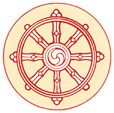
|
The All-powerful Wheel
Symbolizes the teaching of Buddha, and is the source of spiritual values, wealth, love and liberation. |
Further Reading
- Dagyab Rinpoche, Buddhist Symbols in Tibetan Culture, Wisdom Publications, 1995, 1. The Eight Symbols of Good Fortune.